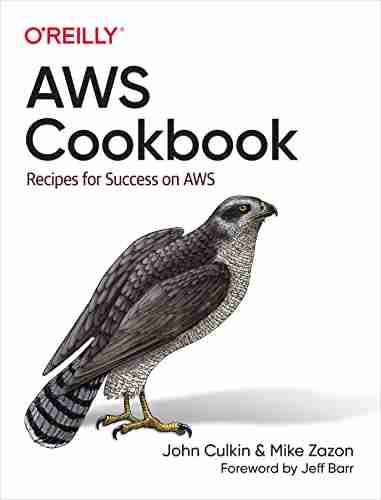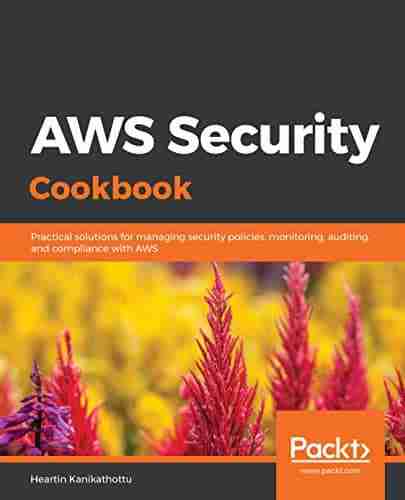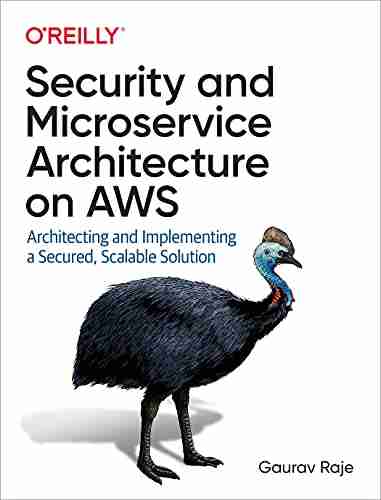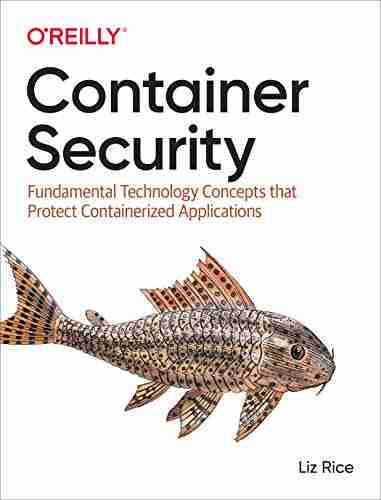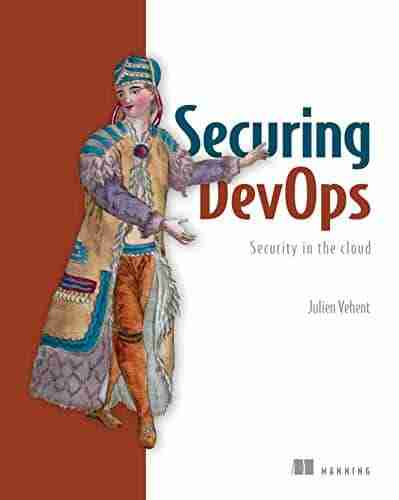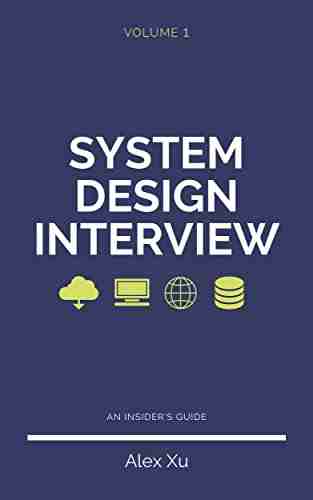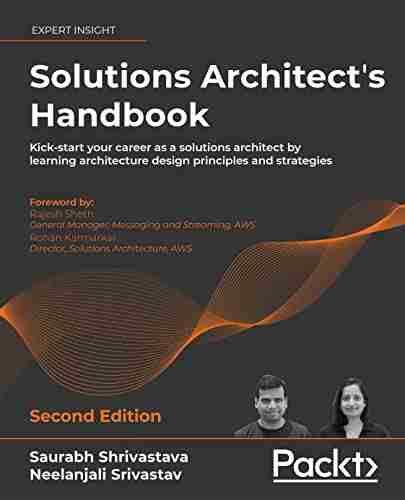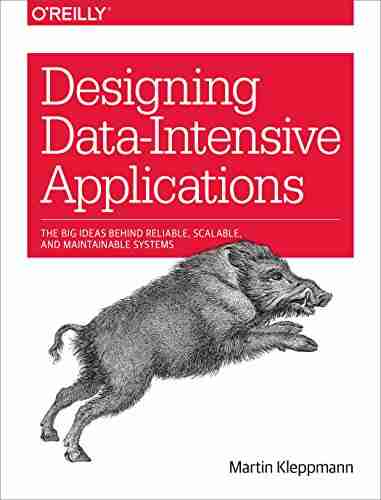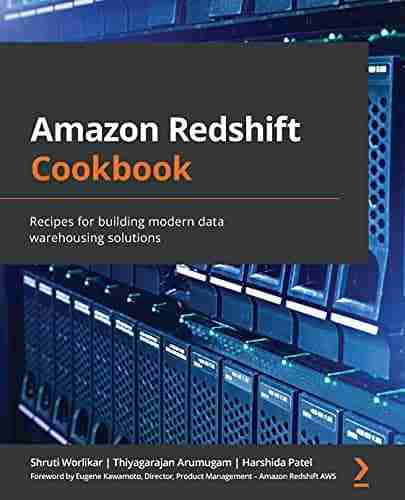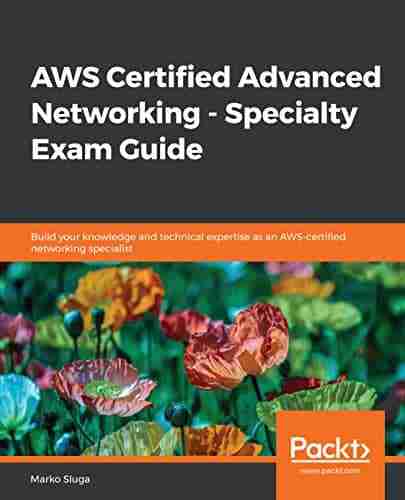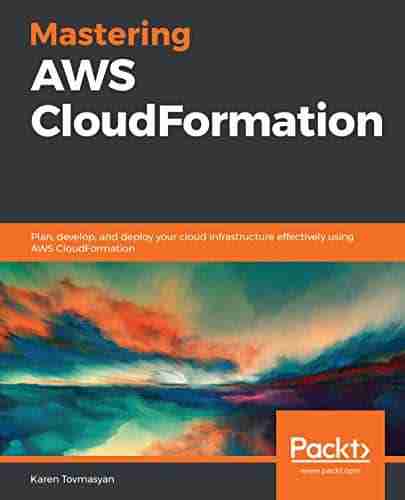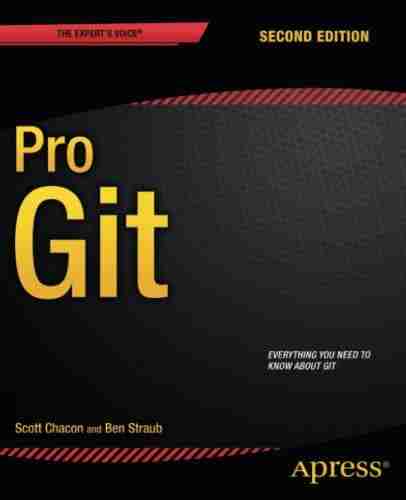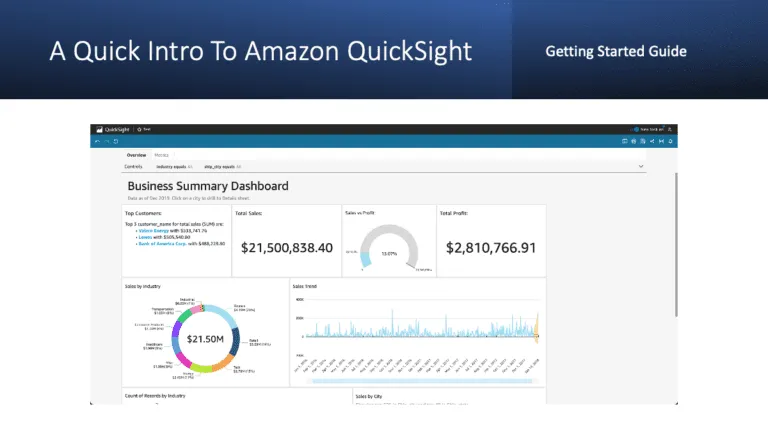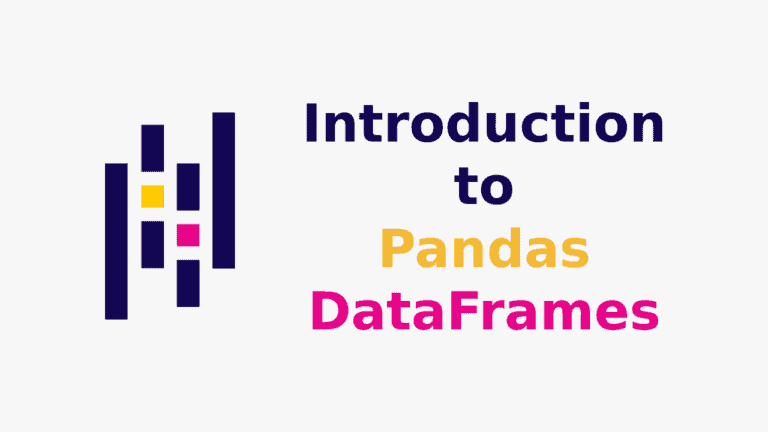14 Best AWS Books For Cloud Professionals
If you’re looking for the best Amazon Web Services (AWS) books, you’ve come to the right place. This article provids an overview of the best AWS books for beginners and professionals. These books contain best practices for using AWS services, security, solution design, and automation recipes for the AWS cloud platform. We did not put in front of ourselves a goal to help you prepare for AWS certification. Instead, we aim to provide you with additional materials to extend your skills and expertise with additional knowledge. We’ve ranked these books based on topics and customer reviews. So whether you’re just starting with AWS or are a seasoned pro, there’s sure to be something here for you!
Table of contents
Most of the provided books will help you get a better AWS consultant and complement your potential AWS Certified Solutions Architect Associate, and AWS Certified Solutions Architect Professional certifications.
What are the best AWS books for AWS professionals?
AWS Cookbook
The “AWS Cookbook” is a comprehensive Amazon Web Services (AWS) guide that provides many solutions for challenges you might face in your daily AWS journey. The book is organized into nine sections: Security, Networking, Storage, Databases, Containers, Big Data, AI/ML, and Account management. Each section includes around 10 recipes that contain a clear problem statement and solution description for core AWS services, including the diagram, implementation steps, and validation commands. The book also includes various solutions to help you get the most out of AWS. Whether you’re just starting with AWS or looking for ways to optimize your platform use, the “AWS Cookbook” is an essential resource.
Rating: 4.7
Reviews: 84
Here are some most important chapters from the table of contents:
- Delegating IAM Administrative Capabilities Using Permissions Boundaries
- Using VPC Reachability Analyzer to Verify and Troubleshoot Network Paths
- Replicating Data Between EFS and S3 with DataSync
- Leveraging RDS Proxy for Database Connections from Lambda
- Running Trusted Code in AWS Lambda Using AWS Signer
- Updating Containers with Blue/Green Deployments
- Querying Files on S3 Using Amazon Athena
- Converting Text to Speech
- Setting Up AWS Organizations and AWS Single Sign-On
AWS Security Cookbook: Practical solutions for managing security policies, monitoring, auditing, and compliance with AWS
The “AWS Security Cookbook: Practical solutions for managing security policies, monitoring, auditing, and compliance with AWS” book contains a collection of recipes that covers various topics related to securing AWS-based systems. Recipes are organized into the following categories: identity and access management, data security, network security, infrastructural security, and compliance. Each recipe provides step-by-step instructions on implementing a particular solution and includes information on best practices and considerations for deployment. The “AWS Security Cookbook” is an essential resource for anyone responsible for securing systems that run on AWS.
Rating: 4.6
Reviews: 40
Here are some most important chapters from the table of contents:
- Managing AWS Accounts with IAM and Organizations
- Securing Data on S3 with Policies and Techniques
- User Pools and Identity Pools with Cognito
- Key Management with KMS and CloudHSM
- Network Security with VPC
- Working with EC2 Instances
- Web Security Using ELBs, CloudFront, and WAF
- Monitoring with CloudWatch, CloudTrail, and Config
- Compliance with GuardDuty, Macie, and Inspector
- Additional Services and Practices for AWS Security
Security and Microservice Architecture on AWS
The “Security and Microservice Architecture on AWS” book covers the topic of security in microservice architecture on the Amazon Web Services platform. The book starts with an introduction to microservices and related security concerns. It then dives into how to secure microservices on AWS using various tools and services. Finally, the book discusses how to design a secure microservice architecture. Throughout the book, readers will get concrete guidance on applying security practices in their microservice architectures on AWS. As such, this book will be valuable for anyone looking to understand or implement secure microservice architectures on AWS.
Rating: 4.8
Reviews: 20
Here are some most important chapters from the table of contents:
- Cloud microservices
- Authentication and authorization
- Encryption
- Security at rest
- AWS Networking services security
- Security of public-facing services
- Security in transit
- Security design for organizational complexity
- Security monitoring and incident response
Container Security: Fundamental Technology Concepts that Protect Containerized Applications
“Container Security: Fundamental Technology Concepts that Protect Containerized Applications” is a book that gives readers an in-depth understanding of securing their containerized applications. The book covers various topics, including identifying and securing vulnerabilities in containers, hardening containers against attack, and implementing security controls at the container runtime. In addition, the book includes real-world case studies that illustrate how these concepts can be applied in practice. As the use of containers continues to grow, this book will help readers to keep their applications safe and secure.
Rating: 4.6
Reviews: 178
Here are some most important chapters from the table of contents:
- Container security threads
- Linux system calls, permissions, and capabilities
- Control groups
- Container isolation
- Virtual Machines
- Container images
- Software vulnerabilities in images
- Strengthening container isolation
- Container network security
- Connecting containers using TLS
- Passing secrets to containers
- Container runtime protection
- Containers and OWASP Top 10 vulnerabilities
Securing DevOps: Security in the Cloud
The “Securing DevOps: Security in the Cloud” book teaches you how to protect your cloud computing services using the most important security procedures. It demonstrates how to incorporate security into automated testing, continuous delivery, and other essential DevOps processes with compelling case studies. This book is jam-packed with mission-critical tactics for defending web applications against assaults and fraud attempts and making your systems safer when deployed to the cloud.
Rating: 4.6
Reviews: 69
Here are some most important chapters from the table of contents:
- Applying layers of security to a DevOps pipeline
- Protecting web applications
- Protecting cloud infrastructures
- Securing communications
- Securing the delivery pipeline
- Watching for anomalies and protecting services against attacks
- Collecting and storing logs
- Analyzing logs for fraud and attacks
- Detecting intrusions
- Assessing risks
- Testing security
- Continuous security
System Design Interview – An insider’s guide: Volume 1
“System Design Interview – An insider’s guide” is a book that provides readers with an inside look at the system design interview process. It covers a wide range of topics, from the simplest to the final solution to solving the problem. With clear explanations and real-world examples, the book is an essential resource for anyone who wants to improve their system design skills. As soon as AWS professionals deal with system design a lot, this book is highly recommended for reading.
Rating: 4.6
Reviews: 1638
Here are some most important chapters from the table of contents:
- Scale From Zero To Millions Of Users
- Back-of-the-envelope Estimation
- A Framework For System Design Interviews
- Design A Rate Limiter
- Design Consistent Hashing
- Design A Key-value Store
- Design A Unique Id Generator In Distributed Systems
- Design A Url Shortener
- Design A Web Crawler
- Design A Notification System
- Design A News Feed System
- Design A Chat System
- Design A Search Autocomplete System
- Design Youtube
- Design Google Drive
System Design Interview – An Insider’s Guide: Volume 2
“System Design Interview – An insider’s guide: Volume 2” is a continuation of the previous System Design Interview – An insider’s guide: Volume 1 book. In this volume, readers will review additional system design problems and gain the required additional experience. As soon as AWS professionals deal with system design daily, this book is highly recommended for reading.
Rating: 4.7
Reviews: 292
Here are some most important chapters from the table of contents:
- Proximity Service
- Nearby Friends
- Google Maps
- Distributed Message Queue
- Metrics Monitoring
- Ad Click Event Aggregation
- Hotel Reservation
- Distributed Email Service
- S3-like Object Storage
- Real-time Gaming Leaderboard
- Payment System
- Digital Wallet
- Stock Exchange
Solutions Architect’s Handbook: Kick-start your career as a solutions architect by learning architecture design principles and strategies
The “Solutions Architect’s Handbook: Kick-start your career as a solutions architect by learning architecture design principles and strategies” is a book written for aspiring solutions architects. The readers will learn about the different aspects of solutions architecture, including design principles and strategies. Additionally, the book will take you through the journey of solution architecture design by providing detailed knowledge of design pillars, advanced design patterns, anti-patterns, and the cloud-native aspects of modern software design. Readers will come away from this one of the best AWS books with a better understanding of what solutions architects do and how they can turn their skills into a successful career path.
Rating: 4.7
Reviews: 104
Here are some most important chapters from the table of contents:
- The meaning of the solution architecture
- Solution architects in the organization
- Attributes of the solution architecture
- Solution architecture design
- Cloud migration and hybrid cloud architecture design
- Solution architecture design patterns
- Performance considerations
- Security considerations
- Architecture reliability considerations
- Operational excellence considerations
- Const considerations
- DevOps and Solution Architecture Framework
- Data engineering for solution architecture
- Machine Learning architecture
- Internet of Things architecture
- Quantum computing
- Rearchitecting legacy systems
- Solution architecture document
- Soft skills for solution architects
Designing Data-Intensive Applications: The Big Ideas Behind Reliable, Scalable, and Maintainable Systems
The “Designing Data-Intensive Applications: The Big Ideas Behind Reliable, Scalable, and Maintainable Systems” book is about understanding the principles behind designing data-intensive applications. This book covers various topics such as data modeling, handling failures, scalability, and maintainability. This is one of the best AWS books covering different architectures and approaches for designing data-intensive applications. This book aims to help readers understand the tradeoffs that need to be made when designing data-intensive applications.
Rating: 4.8
Reviews: 2857
Here are some most important chapters from the table of contents:
- Peer under the hood of the systems you already use and learn how to use and operate them more effectively
- Make informed decisions by identifying the strengths and weaknesses of different tools
- Navigate the trade-offs around consistency, scalability, fault tolerance, and complexity
- Understand the distributed systems research upon which modern databases are built
- Peek behind the scenes of major online services, and learn from their architectures
Serverless Analytics with Amazon Athena: Query structured, unstructured, or semi-structured data in seconds without setting up any infrastructure
“Serverless Analytics with Amazon Athena: Query structured, unstructured, or semi-structured data in seconds without setting up any infrastructure” is a book that shows readers how to query data stored in Amazon S3 using Amazon Athena. Athena is a serverless analytics service that makes it easy to analyze data stored in Amazon S3 using standard SQL. In this book, you will learn how to use Athena to query data stored in Amazon S3 and use the results of those queries to perform data analysis. You will also learn about the different storage formats supported by Athena and how to optimize your queries for performance. This book is intended for readers who are familiar with SQL and have experience working with data in Amazon S3.
Rating: 4.8
Reviews: 8
Here are some most important chapters from the table of contents:
- Your First Query
- Introduction to Amazon Athena
- Key Features, Query Types, and Functions
- Metastores, Data Sources, and Data Lakes
- Securing Your Data
- AWS Glue and AWS Lake Formation
- Ad Hoc Analytics
- Querying Unstructured and Semi-Structured Data
- Serverless ETL Pipelines
- Building Applications with Amazon Athena
- Operational Excellence – Maintenance, Optimization, and Troubleshooting
- Athena Query Federation
- Athena UDFs and ML
- Lake Formation – Advanced Topics
Amazon Redshift Cookbook: Recipes for building modern data warehousing solutions
The Amazon Redshift book on Amazon Redshift begins with a discussion of the architecture of Redshift and how to execute database administration procedures on it. You’ll learn how to rapidly optimize your data warehouse to execute complex analytical queries on large data sets. Redshift’s columnar architecture and managed services enable you to make the most of your data by developing your database for analytical processing. You’ll learn to deploy fully automated and highly scalable extract, transform, and load (ETL) processes as you go, minimizing operational efforts and ensuring your data warehouse’s timely and accurate refreshing. Finally, you’ll learn about Redshift use cases, data ingestion, data management, security, and scaling to create a scalable data warehouse platform.
Rating: 4.7
Reviews: 19
Here are some most important chapters from the table of contents:
- Getting Started with Amazon Redshift
- Data Management
- Loading & Unloading data
- Data Pipelines
- Scalable Data Orchestration for Automation
- Data Authorization & Security
- Performance Optimization
- Cost Optimization
- Lake House Architecture
- Extending Redshift Capabilities
AWS Certified Advanced Networking – Specialty Exam Guide
The AWS Certified Advanced Networking – Specialty Exam Guide is one of the best AWS books designed to help readers prepare for and pass the AWS Certified Advanced Networking – Specialty exam. The book covers various topics related to networking AWS services on the AWS platform, including designing and implementing network architectures, troubleshooting networking issues, and managing network traffic. In addition, the book includes a practice exam to help readers test their knowledge and prepare for the real thing. Whether you’re looking to add the AWS Certified Advanced Networking – Specialty designation to your resume or improve your understanding of AWS networking, this book is an essential resource.
Rating: 4.1
Reviews: 28
Here are some most important chapters from the table of contents:
- Overview of AWS Certified Advanced Networking –Specialty certification
- Networking with Virtual Private Cloud (VPC)
- VPC Network Security
- Connecting On-premise and AWS
- Managing and Securing Server the Elastic Load Balancing (ELB)
- Managing and Securing Content Distribution with CloudFront
- Managing and Securing the Route 53 Domain Name System (DNS)
- Managing and Securing the API Gateway
- Monitoring and Troubleshooting Networks in AWS
- Network Automation with CloudFormation
- Exam Tips and Tricks
- Mock Tests
Mastering AWS CloudFormation: plan, develop, and deploy your cloud infrastructure effectively using AWS CloudFormation
With this AWS book, you’ll learn how to use Infrastructure as Code (IaC) to simplify IT operations and effectively manage the modern cloud infrastructure with AWS CloudFormation. This comprehensive tutorial will walk you through everything about AWS CloudFormation for managing AWS services, from template structures to building complex and reusable infrastructure stacks. You’ll then dive into validating templates, deploying stacks, and handling deployment failures. The book will teach you how to use AWS CodeBuild and CodePipeline to automate resource provisioning and apply the stack’s continuous integration and delivery (CI/CD) principles. As you get more experienced and learn Amazon Web Services automation, you’ll be able to use macros and create resources outside AWS with custom resources. Finally, extending CloudFormation with the AWS Serverless Application Model (SAM) and AWS Cloud Development Kit (CDK) will help you better manage AWS cloud services. By the end of this book, you’ll be an expert on all important AWS CloudFormation principles and will be able to streamline infrastructure management.
Rating: 4.0
Reviews: 16
Here are some most important chapters from the table of contents:
- CloudFormation refresher
- Advanced template development
- Validation, lining, and deployment of the Stack
- Continuous Integration and deployment
- Deploying to multiple regions and accounts using StackSets
- Configuration management of EC2 instances using cfn-init
- Creating resources outside of the AWS using custom resources
- Dynamically rendering template using template macros
- Generating CloudFomation template using AWS CDK
- Deploying serverless applications using AWS SAM
Automate the Boring Stuff with Python, 2nd Edition: Practical Programming for Total Beginners
The “Automate the Boring Stuff with Python, 2nd Edition: Practical Programming for Total Beginners” book is a guide to helping readers use Python to automate tasks in their everyday lives. The book covers basic Python programming concepts and more advanced automation strategies. Readers will learn how to write Python scripts to automate repetitive tasks, process PDFs and Excel spreadsheets, send email messages, and more. The book also includes a practice project at the end of each chapter, providing readers with an opportunity to put their new skills to the test. Whether you’re a beginner or an experienced programmer looking to expand your skill set, this book will help you start automating the boring stuff using Python.
Rating: 4.7
Reviews: 2300
Here are some most important chapters from the table of contents:
- Working with regular expressions
- Input validation
- Working with files
- Debugging
- Web scrapping
- Working with Excel and Google Sheets
- Working with PDF, CSV, and JSON
- Working with date and time
- Manipulating images (PNG, JPEG)
- GUI Automation
Pro Git (Free Kindle version)
The “Pro Git” book is a comprehensive guide to using the Git version control system. Written by Scott Chacon and published by Apress, it covers everything from installing Git to advanced techniques for managing large projects. Whether you’re a beginner or an experienced user, the book has something to offer. The first few chapters briefly introduce Git, covering basic concepts such as repositories, commits, and branches. For those already familiar with Git, the later chapters offer more in-depth coverage of topics such as rebasing, hook scripts, and working with remote repositories. In addition to being a great resource for learning about Git, the “Pro Git” book is also an excellent reference for those who need a quick reminder of how to use a particular command or feature. With its clear explanations and step-by-step instructions, the book is an indispensable tool for anyone who wants to get the most out of Git.
Rating: 4.5
Reviews: 1839
Here are some most important chapters from the table of contents:
- Git Basics
- Git Branching
- Git on the Server
- Distributed Git
- Github
- Git Tools
- Customizing Git
- Git and Other Systems
- Git Internals
- Git in Other Environments
- Embedded Git in Your Applications
- Git Commands
Summary
AWS professionals must keep up with the latest changes and updates to the AWS platform and with every possible supporting material simplifying their daily journey. Our list of Amazon Web Services books can help you do just that. We hope you find this information helpful as you continue your learning AWS journey and extend your professional skills. Have you read any of these books? What did you think? Are there any other titles that you would recommend? Let us know in the comments below.

